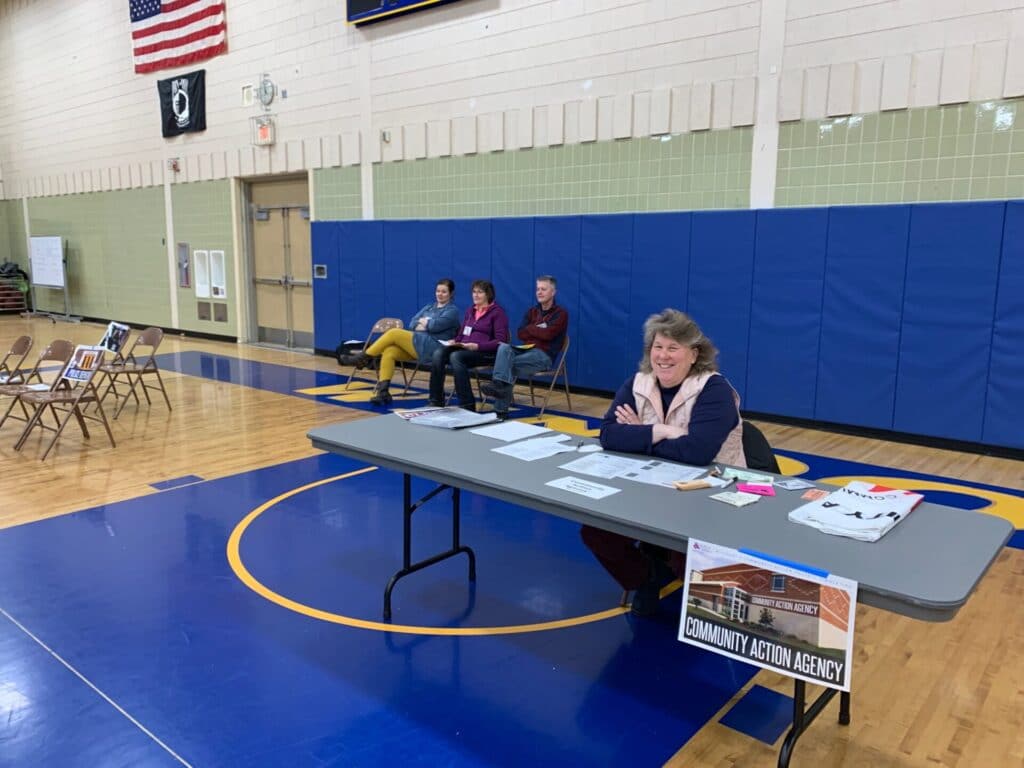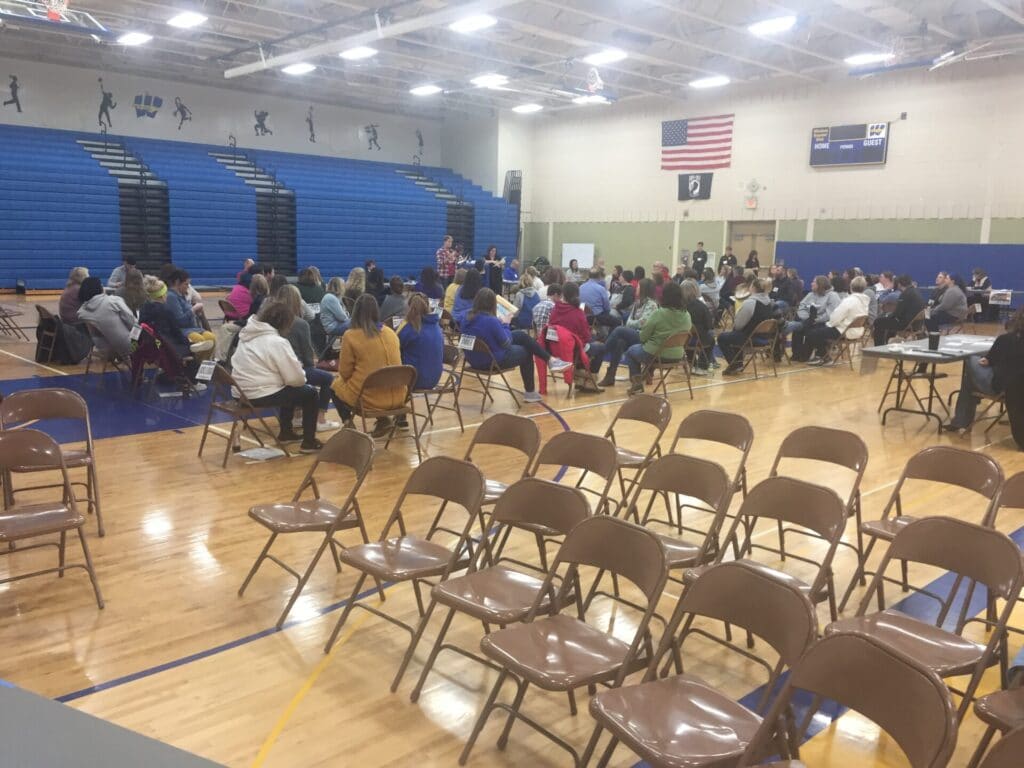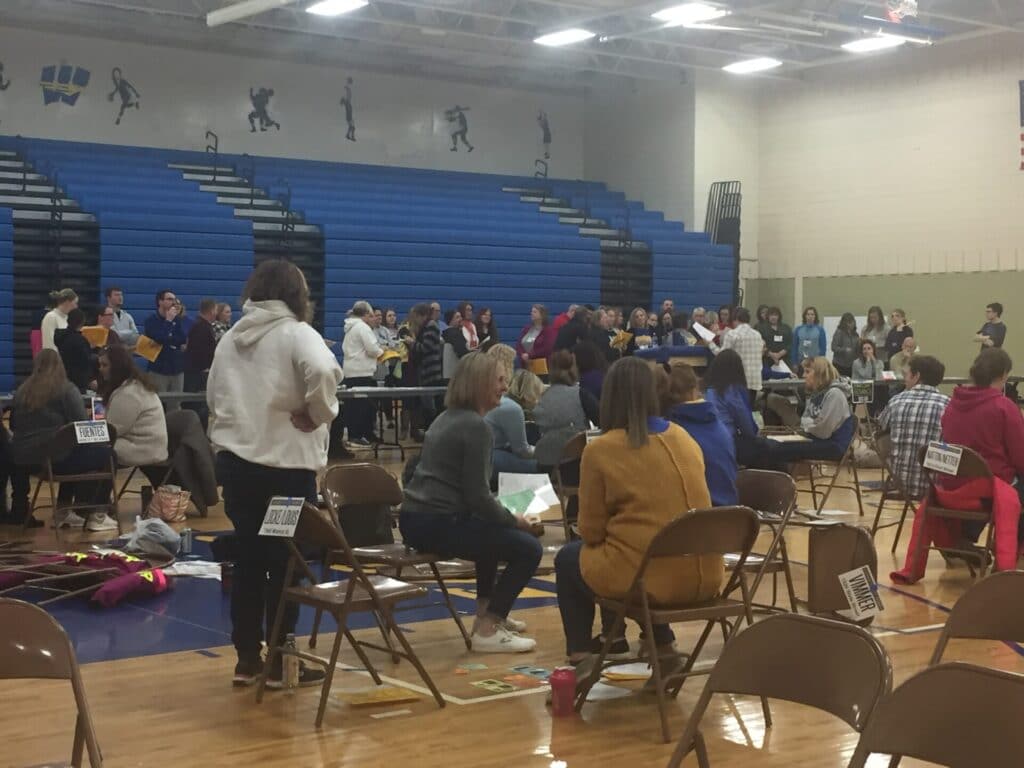In prevention efforts, patients hear time and time again to “know their numbers” in terms of resting blood pressure, cholesterol levels, blood glucose, and weight. What patients don’t always know is that there’s another number that may play an even bigger role in their health and life expectancy: their zip code.

Healthcare systems across the country are shifting their traditional treatment-based perspective to consider other factors and how they affect health of their patients and communities. This involves the realization that clinical data in patients’ charts isn’t giving providers the whole picture of what environments are surrounding their patients. For example, a provider can diagnose their patient to have high blood pressure and prescribe them a medication for hypertension and feel as though they’ve done their due diligence. What happens if the patient doesn’t have insurance to cover their medication? What if they don’t have transportation and the closest pharmacy is 10 miles away? These are just some of the questions that can determine that patient’s ability to live the healthiest life they can that the provider may not address in their routine appointments.

These obstacles are only a few examples of social determinants of health factors that are found in the environments in which we live.
Windom Area Health has invested in a software program that blends together aggregated medical data with consumer market data to produce information that provides insights on frequent diagnoses, descriptions of the populations in our county, and the top social risk factors within Cottonwood County. From this data, we’ve learned and shared that our top three social risk factors for Cottonwood County are: (1) Food Insecurity, (2) Unassimilated Populations, and (3) Uninsured Populations. We have invited other community partners to have a seat at the table and analyze these risk factors to identify gaps in current systems and programs and assist in developing ways to bridge those gaps. Typically, those living in lower socioeconomic levels run a higher risk of frequently encountering these social risk factors.

According to data from the United States Census Bureau, 13.7% of Cottonwood County’s residents live in poverty. To understand the journey and decisions that an individual or a family living in a low socioeconomic level face, Windom Area Health partnered with Windom Area Schools and United Community Action Partnership (UCAP) to offer a poverty simulation training on Monday, January 20th. There were 80+ participants in attendance who were assigned an identity and directed to go to different community organization stations during four 15-minutes blocks that represented the four weeks in one month. Participants were tasked with making difficult decisions such as whether or not they could afford school field trips, how to secure transportation, and what items they deemed as being essential to stretch their income as much as possible. This highly interactive training opportunity received excellent feedback from participants and led to interesting post-simulation discussion on how lessons learned in the training can be transferred over to everyday life and interactions.
By using this simulation and our county’s data, we are committed to working on a healthier Cottonwood County for all populations now and for future generations by collaborating and strengthening current systems in place while building new systems. If you or your organization is interested in being part of this community group, please reach out to Amber Hughes at (507) 831-0671.
View our list of Community Resources Here.
By Amber Hughes
